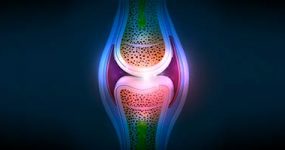Conservative Treatments for Post-Mastectomy Pain
Post-mastectomy pain is a form of chronic pain associated with post-surgery breast cancer operations, including mastectomies, lumpectomies, and axillary lymph node dissections. Pain in this arena has been described as burning, shooting, and stabbing sensations, as well as aching, throbbing, or oppressive pain. This condition can start several months post-surgery and has been known to… Continue reading


